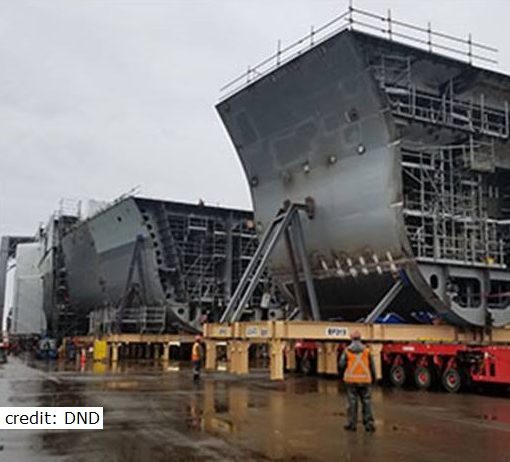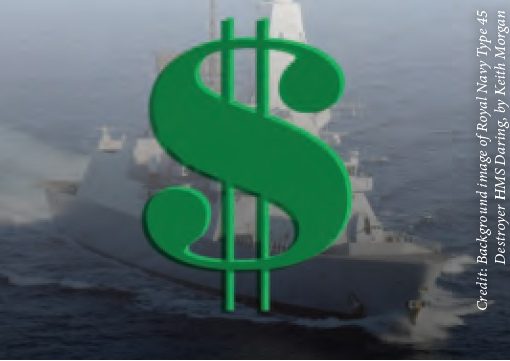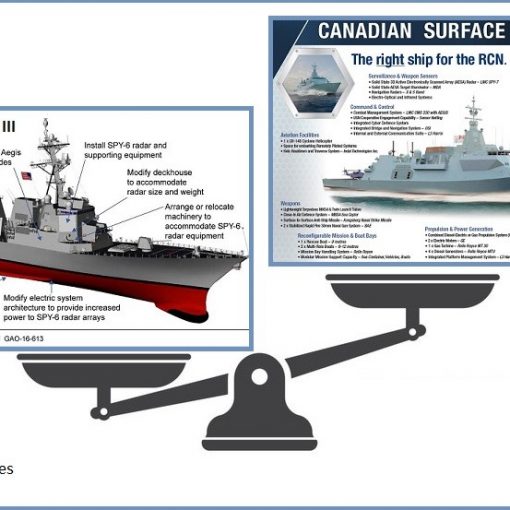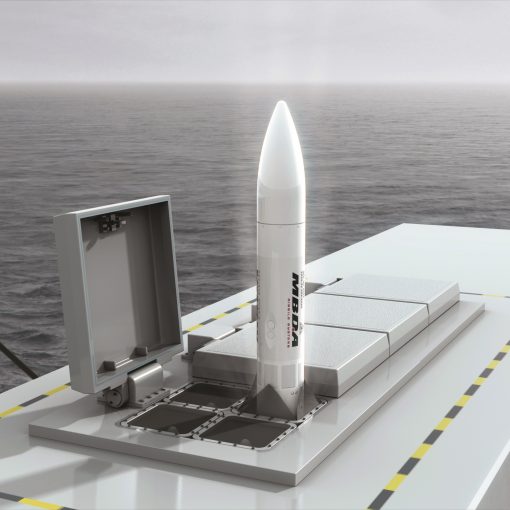By Dan Middlemiss, 5 April 2022
In December 2021, defence analyst Richard Shimooka published a very intriguing study of the ongoing Canadian Surface Combatant (CSC) procurement process.1 This publication has apparently escaped the notice of not only myself, but also most other readers in this forum. I am grateful to Commander (RCN retired) Colin Darlington, Vice-President of RUSI(NS), for bringing it to my attention.
Shimooka offers some interesting insights gleaned from participant interviews, and from other defence procurement examples both in Canada and abroad. Readers will learn much from his research efforts. In particular, the author provides useful observations about the little understood issue of program risk, and how this variable is treated in the contracting process.
He touches upon different decision points in the bid competition and evaluation, and demonstrates how the law of unintended consequences can help to confound some key decisions. Three of these are worth pointing out: Ottawa’s decision against providing Government Furnished Equipment (GFE), in marked contrast to the practice in the United States; the decision to freeze the design, although he himself notes that the design continues to evolve even now; and the method of counting Industrial and Technological Benefits (ITB), which through the peculiar valuing of multipliers, has frequently worked against the intended participation of Canadian firms in the CSC program to date. Each of these issues merits further examination by analysts.
He notes that, compared to design adaptability, design cost was given a much lower priority in the bid competition. I would note that this demotion of cost considerations is a major departure from the practice for the Canadian Patrol Frigate program, in which weight – and therefore cost – was monitored closely during the bid competition in order to produce a design that was ‘sellable’ to cabinet.
Shimooka touches upon the reasons why CSC costs have risen and are likely to continue to escalate for the CSC. He makes an interesting assessment about CSC roles and missions, and, in so doing, casts some doubt on the requirement for such a high-end warship.
He downplays the prospect of further delays of the CSC program, but I found his concluding discussion of the political realities regarding possible reductions in either the numbers or capabilities of the CSC to be somewhat superficial.
Shimooka rests his central arguments on existing policies (the creation of a long-term, self-sustaining shipbuilding industry in Canada, with a great deal of high-value Canadian content), but he does not assess how realistic these objectives are given Canada’s maritime supply and demand circumstances. Moreover, the history of Canadian politics has amply demonstrated that an abrupt about-face in policy is often no more than a scandal, focus group session, or a reversal in opinion polls away. So policies and options can and do change.
One final note. Shimooka’s enagaging and often deeply insightful study touched off a series of arguments and counter-arguments in The Hill Times. Of these, three are from Alan Williams, and one by Ian Parker and one by Richard Shimooka himself. Unfortunately, these articles are pay-walled but are well worth seeking out.
Notes:
1. Richard Shimooka, “No Other Option: Politics, policy, and industrial considerations in the Canadian Surface Combatant Program” (Ottawa: Macdonald-Laurier Institute, 20 December 2021). Accessible at: https://macdonaldlaurier.ca/mli-files/pdf/Dec2021_No_other_option_Shimooka_PAPER_FWeb.pdf





